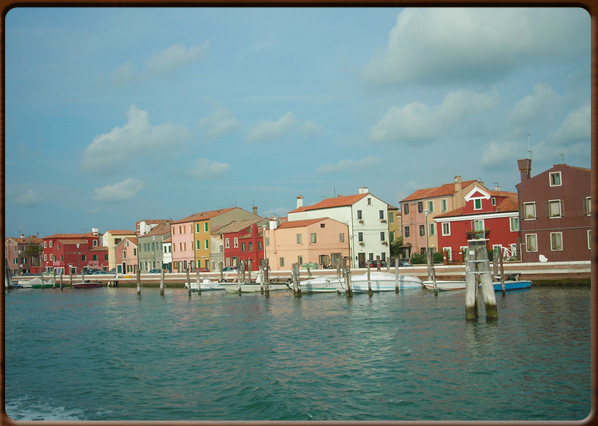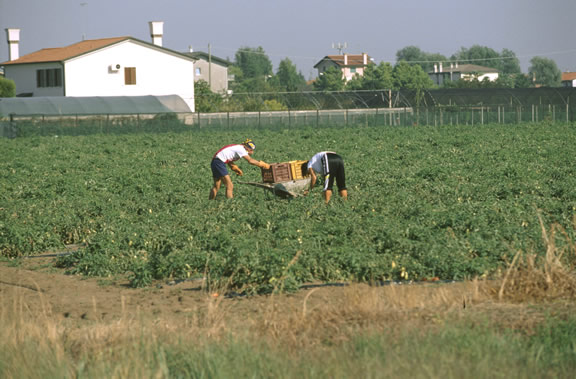The island of Pellestrina is distinguished by its natural landscape. More specifically, the area known as Ca’ Roman, in the South of the island, has a LIPU nature reserve. With its Mediterranean scrub, migratory birds nest here in the Spring when birdwatchers can watch the chicks hatch.Pellestrina is full of fascinating places with links to ancient fishing and lace-making cultures: the women of Pellestrina made lace using the Tombolo technique, the secrets being handed down from one generation to the next. In fact, Goldoni often included such characters in his comedies.
In the 5th Century the city of Albiola used to exist in the northern part of the island where the church of San Pietro in Volta now sits. Albiola was an important lagoon centre and, according to legend, was inhabited by people from Padua and Este.
In 1380, the island and its inhabitants – the “pellestrinotti” – made a name for themselves during the “War of Chioggia”, fought and won by the Venetians against the Genovese.
The architect Tiralli built the Tempio dell’Apparizione and the former monastery of San Vito e Modesto in the district of Vinello (1718-1726).The year 1744 saw the start of decisive sea-defence works for the city of Venice and its coastline: the laying of the foundation stone of the “murazzi”.





